Right Plane For Maritime Rescue
Once commonly used around the globe, seaplanes seem to be perceived as a relic of the past among modern day navies.
In spite of this downward trend, the Japanese Navy (JMSDF) still maintains a small, but significant fleet of seaplanes to conduct air-sea rescue operations. The aircraft used for such role is the “ShinMaywa US-2” first introduced in 2007.
- General Overview
Length 33.3m/36.4ft Wingspan 33.2m/36.3ft Height 10m/10.9ft Crew 11 people Maximum Speed 580km/h (360mph) Maximum Range 4,700km/2,920miles Service Ceiling 9,000m/30,000ft Wave Height Endurance 3 m/10ft Takeoff Distance 280m/920ft Landing Distance 330m/1,080ft Unit Price 160 million USD
The ShinMaywa US-2 is an amphibious aircraft designed to search and recover downed friendly pilots by landing on seawater. Interestingly, its manufacturer ShinMaywa is a seaplane specialist deriving from the famous Kawanishi Aircraft, a company that produced various fighters, bombers, and seaplanes during WW2.
Perhaps the most notable seaplane designed by ShinMaywa’s ancestor is the “Kawanishi H8K” commonly referred to as “Emily” by allied forces in the Pacific Theater.
Inheriting the engineering skills of Kawanishi Aircraft, postwar ShinMaywa has delivered seaplanes to the JMSDF, contributing to the seamless development of Japanese seaplanes.
With such background and accumulated technology, the US-2 was rolled out as a prominent seaplane more than capable for maritime rescue missions.
The seaplane can withstand harsh weather conditions and safely land on water with wave heights up to 3m/10ft. Compared to other seaplanes, this feature is quite remarkable since most foreign seaplanes face limitations with wave weights of 2m/6.5ft.
Adding to this float capability, the US-2 is equipped with a normal landing gear, enabling it to land on both water and conventional airstrips.
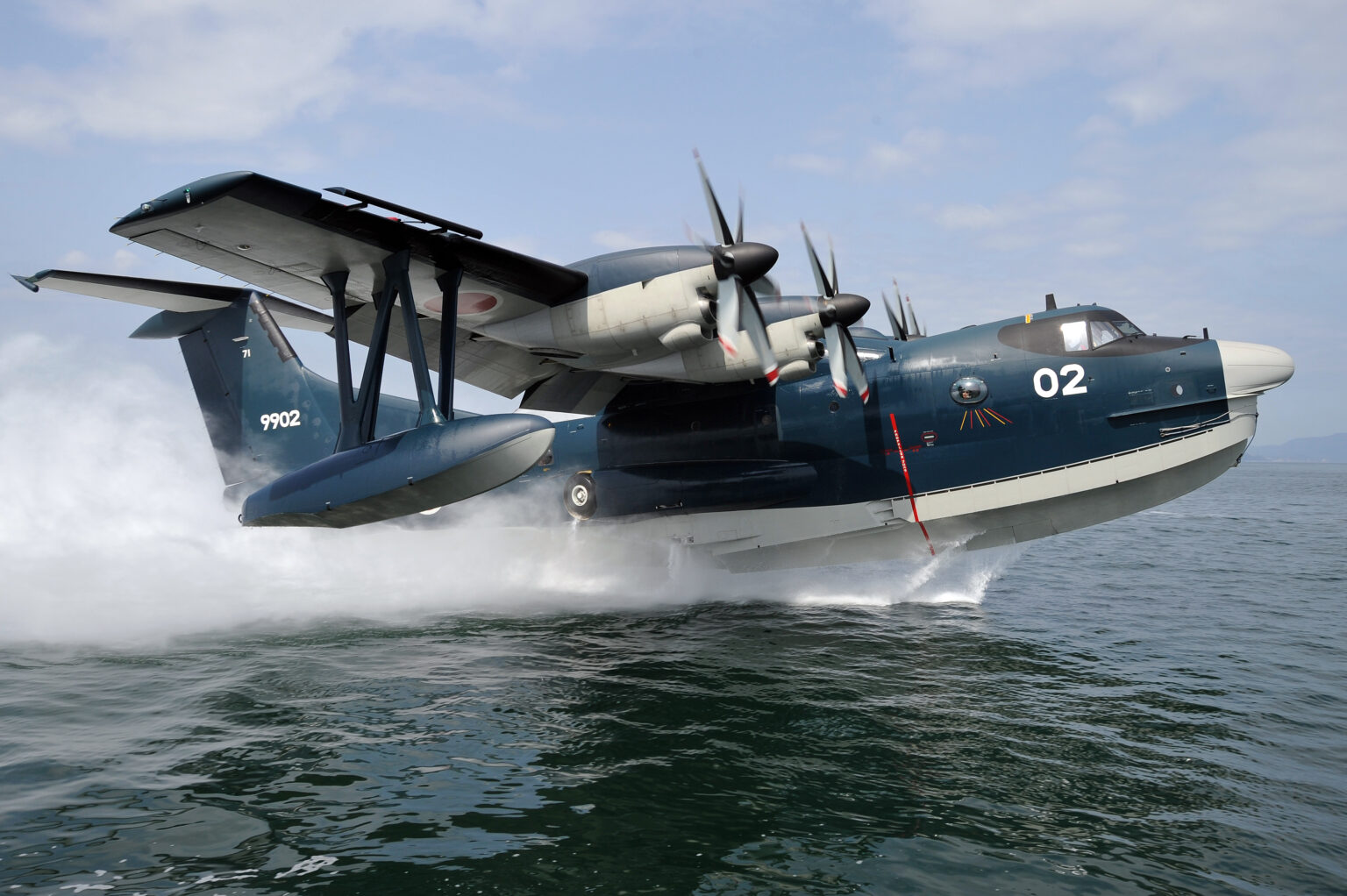 The Right Plane for the Job (photo: JMSDF)
The Right Plane for the Job (photo: JMSDF)
In terms of range, arguably the most crucial point for search and rescue operations, the US-2 has an impressive cruising range of 4,700km/2,920miles. This long range easily covers the surrounding areas of Japan, rendering the aircraft essential for residents on remote islands without large medical facilities or airports.
For instance, the US-2 is regularly used as an aerial ambulance to transport patients from the Ogasawara Islands (1,000km/620miles south of Tokyo) to hospitals on the mainland.
It has even demonstrated emergency medical evacuations from Japan’s easternmost point, Minamitori Island, which is located 1,800km/1,100miles from Mainland Japan and lacks any proper medical facilities.
How The US-2 Works
So, how does the US-2 operate in an event of a search and rescue mission?
Upon receiving coordinates, the seaplane will fly directly to the approximate location thanks to the pressurized cabin that makes detours around low-pressure zones unnecessary.
Once arriving at the rescue site, the US-2 team will start its search using both analog and digital approaches, with the former being quite old-school – crew members with binoculars looking outside a bubble-shaped window designed to provide a downward visibility.
On the other hand, the latter utilizes infrared monitoring devices and tracking systems to identify the specific coordinates.
After identification, the US-2 descends to the nearby surface and retrieves the survivor to provide medical treatment inside the cabin.
Such smooth landings are assisted by computers that automatically measure and analyze wave heights based on past sea records, as well as a digitally controlled “Fly-By-Wire” piloting system that ensures maneuverability even under challenging conditions.
Expensive and Excessive for Sales?
While the US-2 undoubtedly stands out as a seaplane, attempts to sale the aircraft to other countries has yet been successful. For a nation that self-imposes strict regulations on weapons export, the “humanitarian” US-2 is one the few equipment possible for sales.
But, the price tag of 160 million USD is more than a shortcoming when considering overseas export, even limiting the JMSDF’s own fleet size to just seven units.
Furthermore, from an operational and maintenance standpoint, the outstanding features of the US-2 may rather become a liability, deeming it over-engineered or excessive for other countries.
This can be proved by the failed sales to India, Thailand, and Indonesia, who were all interested in the US-2 itself, but considered the seaplane “too much” in terms of both capability and cost.
The US-2’s Future
As such, the US-2 has failed to reduce its unit price through export, and remains solely operated by the JMSDF with all seven seaplanes stationed at Iwakuni Airbase, Yamaguchi Prefecture.
But, there may be some light at the end of the tunnel.
In a simulation report released by the Center for Strategic and International Studies (CSIS), the US-2 was mentioned as a notable asset to complement the US Navy’s maritime rescue capabilities.
Inside the report that lays out the scenario of a Sino-US clash over Taiwan, the JMSDF’s rear support is pointed out as one of the key factors for victory, and among the role is the swift air-sea rescue of US personnel, unexpectedly putting the US-2 in the spotlight.
Although such attention is unlikely to produce any new sales, it can be said that the importance of maintaining the existing US-2 fleet has been validated by a highly distinguished think-tank.



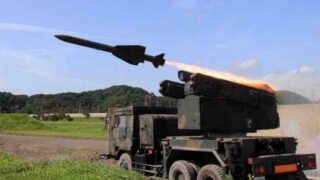

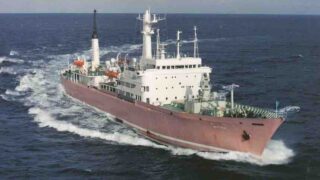
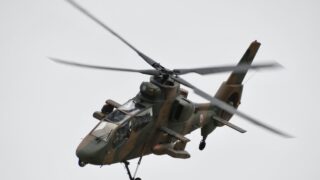
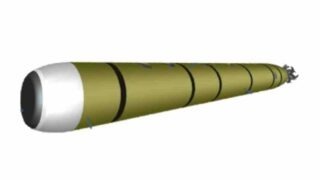
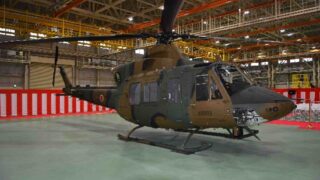
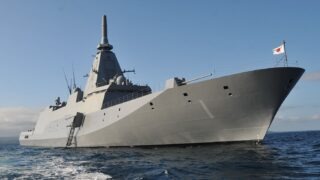

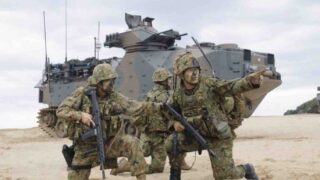
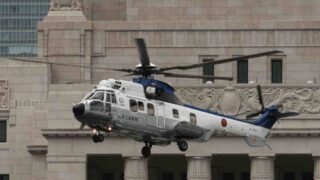
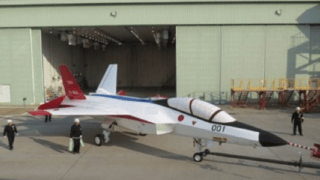
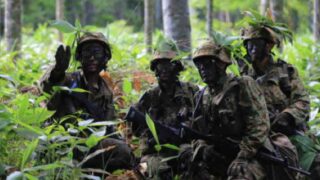
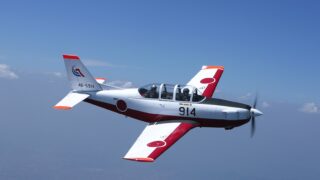
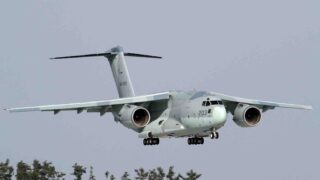
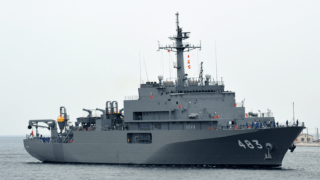
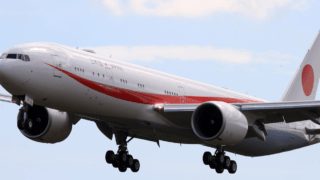
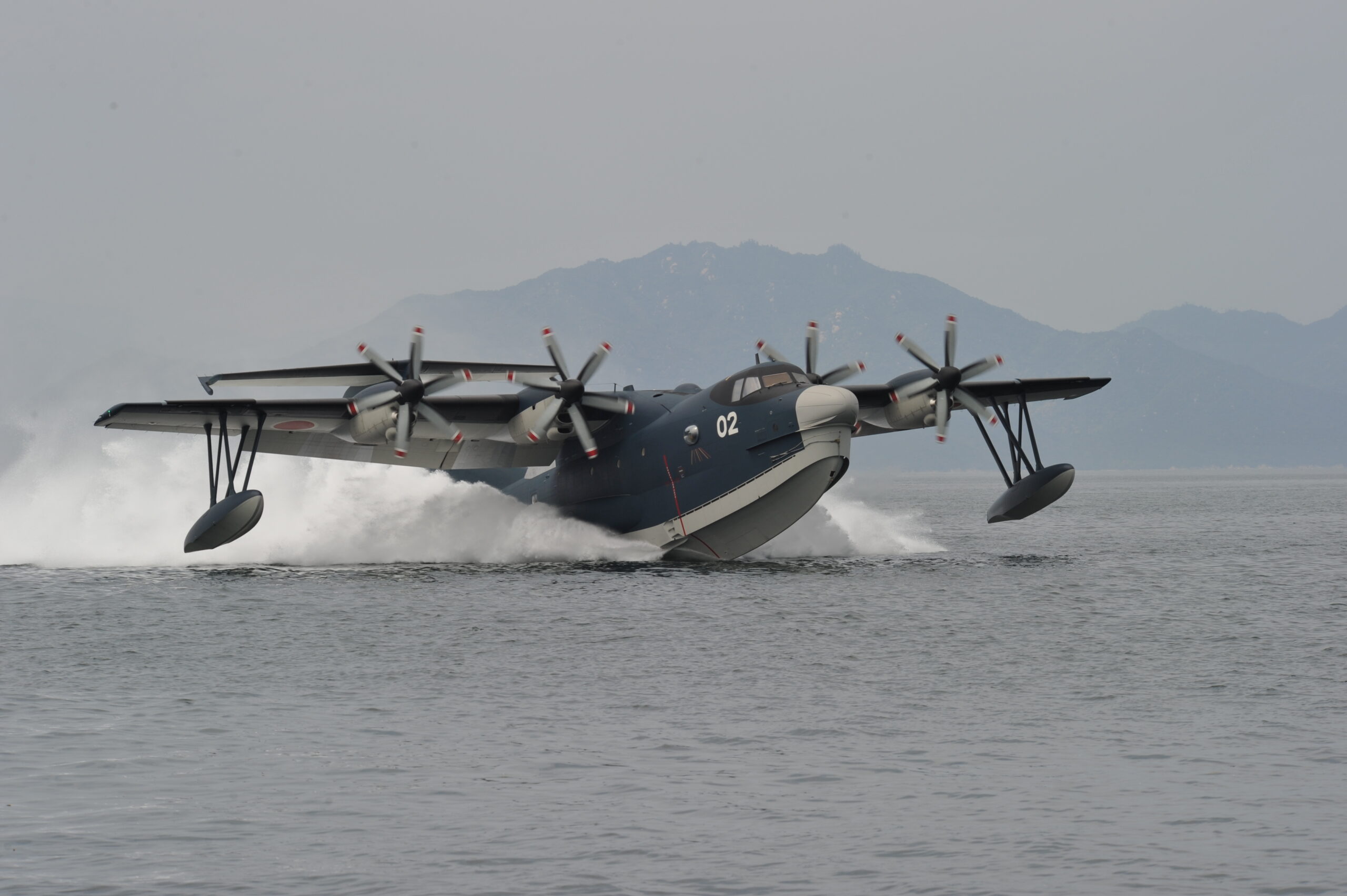
Comments